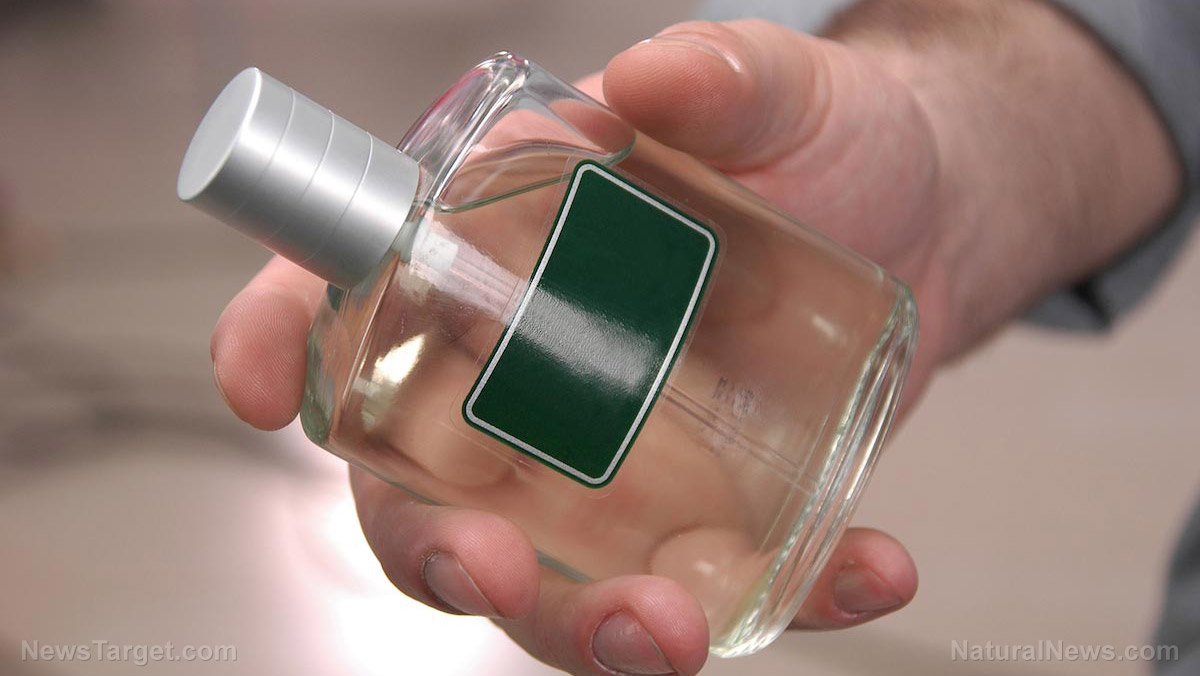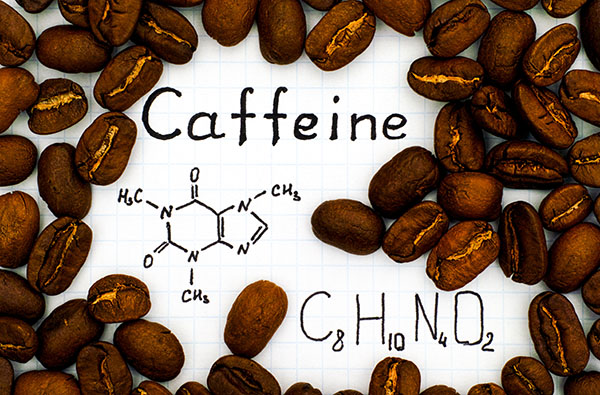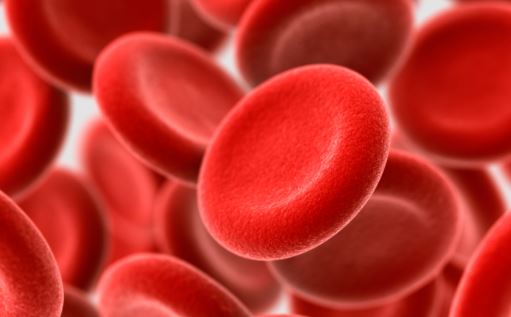 Parler
Parler Gab
Gab
- Humans naturally produce hydroxyl radicals, forming an invisible "oxidation field" that defends against pollutants.
- Fragrances and body lotions — packed with ethanol and synthetic chemicals — neutralize this protective barrier.
- Over 99% of conventional fragrance is ethanol vapor, not botanical extracts, flooding the air with toxins.
- Body lotions block skin's natural oils while releasing chemicals that degrade protective compounds by 35%.
- Compromised defenses increase exposure to indoor air pollutants, potentially harming long-term health.
- Alcohol-free essential oils and minimal product use can help restore the body's natural defenses.
Not so lovely fragrance chemicals
Fragrance chemicals are compounds used to create scents in perfumes, colognes, and scented products like candles, cleaning supplies, and personal care items. These formulations can contain hundreds of synthetic or natural ingredients, some of which are linked to health risks, including cancer, hormone disruption, and allergic reactions. Due to trade secret protections, manufacturers are not required to disclose all ingredients in fragrances — even hazardous ones like carcinogens. Here are five common fragrance chemicals containing known toxins:- Methylene chloride – A carcinogen banned in cosmetics by the FDA but still found in some fragrance mixtures.
- Phthalates (e.g., DEP, DBP) – Linked to hormone disruption and reproductive harm; often undisclosed as part of "fragrance."
- Lilial (Butylphenyl Methylpropional) – Banned in the EU for reproductive toxicity; used in perfumes and soaps.
- Styrene – A possible human carcinogen found in synthetic fragrances.
- Musk ketone – A persistent bioaccumulative toxin linked to environmental and hormonal damage.
The invisible "oxidation field" you didn’t know you had
For years, scientists have known that outdoor air pollution poses health risks, but few considered how our indoor environments — and personal habits — might be just as dangerous. The recent study in Science Advances uncovered an astonishing biological phenomenon: When exposed to ozone, human skin generates hydroxyl radicals, reactive molecules that break down airborne toxins. This "oxidation field" acts like a personal force field, cleansing the immediate air around us. But modern beauty routines disrupt this delicate balance. The ethanol in fragrances acts like a sponge, absorbing the protective radicals before they can do their job. Meanwhile, body lotions smother the skin’s natural squalene, a lipid crucial for forming these defenses. "It’s like wearing a raincoat in a desert," explained one researcher. "You think you’re protecting yourself, but you’re actually starving your body of what it needs to thrive."The fragrance deception
Walk down any cosmetics aisle, and you’ll see shelves lined with promises of "floral bliss" and "tropical escape." But the truth is far less romantic. Commercial perfumes are primarily ethanol — often up to 98 percent — with trace amounts of synthetic fragrance oils. That spritz of vanilla body spray? Mostly vodka for your skin. The study’s findings are startling: Participants who applied fragrance flooded their test chambers with ethanol vapor, which lingered for hours. "People assume they’re inhaling rose or lavender," said one scientist, "but they’re really breathing in an alcohol cloud." This not only neutralizes the oxidation field but also introduces volatile organic compounds (VOCs) linked to headaches, respiratory issues, and long-term cellular damage. The solution isn’t abandoning self-care — it’s rethinking it. Alcohol-free essential oils, for instance, have minimal impact on the oxidation field while still offering aromatic benefits. Instead of slathering on thick lotions, consider lightweight, plant-based oils that mimic the skin’s natural lipids. Timing matters, too: Applying products an hour before entering ozone-heavy environments (like city streets or airports) allows volatile chemicals to dissipate. The personal care industry thrives on a simple message: You’re inadequate without their products. But as science uncovers the hidden costs of these routines, consumers are pushing back. The global market may be worth $646 billion, but trends show a growing demand for truly clean beauty — products free from ethanol, parabens, and synthetic preservatives. The stakes extend beyond individual health. Indoor air pollution is a silent epidemic, linked to rising rates of asthma, fatigue, and even cognitive decline. By stripping away our natural defenses, we’re not just harming ourselves — we’re altering the very air we share. Sources include: NaturalHealth365.com Science.org NaturalNews.com Enoch, Brighteon.aiGarlic: A potent superfood that offers flavor, nutrition and healing
By Laura Harris // Share
Caffeine and antibiotics: A surprising link that demands caution
By Ava Grace // Share
When iron becomes a health hazard: The hidden dangers of iron overload
By Belle Carter // Share
Governments continue to obscure COVID-19 vaccine data amid rising concerns over excess deaths
By patricklewis // Share
Tech giant Microsoft backs EXTINCTION with its support of carbon capture programs
By ramontomeydw // Share
Germany to resume arms exports to Israel despite repeated ceasefire violations
By isabelle // Share










